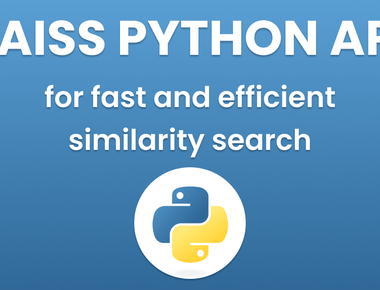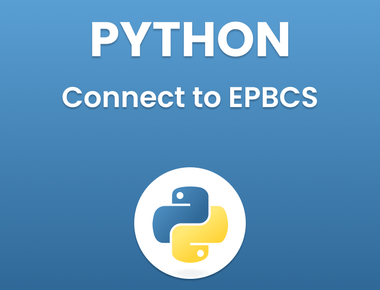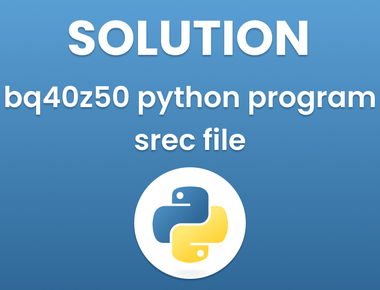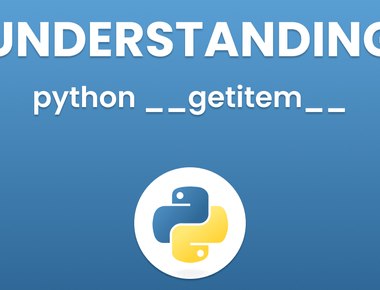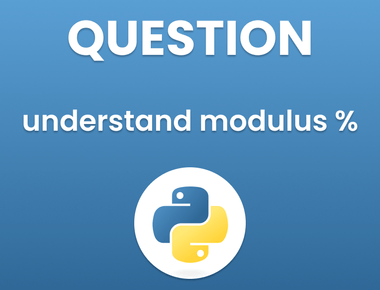Table Of Contents

Understanding and Handling File Not Found Error Python
Python is a versatile programming language often used for file operations. However, it’s common to encounter a ”File Not Found” error when attempting to open or manipulate files. In this article, we’ll explore what causes this error, how to handle it gracefully, and best practices for avoiding it in your Python code.
What is a “File Not Found” Error?
A ”File Not Found” error, also known as FileNotFoundError, is a specific type of exception raised by Python when it attempts to access a file that doesn’t exist at the specified location. This error occurs because Python cannot perform file operations on a file that isn’t present in the specified directory.
Causes of “File Not Found” Errors
There are several reasons why you might encounter a “File Not Found” error in Python:
- Incorrect File Path: The most common cause is specifying an incorrect or non-existent file path. Double-check the path to ensure it points to a valid file.
- File Deletion: If a file has been deleted or moved from its original location, attempting to access it will result in a “File Not Found” error.
- Misspelled File Names: Typos or misspelled file names in your code can lead to Python failing to locate the intended file.
- Wrong Working Directory: If your code relies on a relative file path and you’re running it from a different working directory, the file may not be found.
- Permissions: Insufficient read permissions for the file or directory can prevent Python from accessing the file.
Handling “File Not Found” Errors
To create robust Python programs, it’s essential to handle “File Not Found” errors gracefully. You can use a try-except block to catch and handle this specific exception. Here’s an example:
try:with open("non_existent_file.txt", "r") as file:content = file.read()# Additional code for file processing goes hereexcept FileNotFoundError:print("The specified file was not found.")
In this code:
- We attempt to open a file that may not exist.
- If a “File Not Found” error occurs, the except FileNotFoundError block is executed.
- Inside the block, you can provide feedback or take appropriate actions, such as creating the file or notifying the user.
Best Practices to Avoid “File Not Found” Errors
While handling errors is crucial, preventing them is even better. Here are some best practices to avoid “File Not Found” errors in your Python code:
- Check File Existence: Before performing any file operations, verify if the file exists using the
os.path.exists()orPath.exists()methods. - Use Absolute Paths: When working with files, it’s safer to use absolute file paths rather than relying on relative paths. This reduces the chance of errors due to changes in the working directory.
- Handle User Input: If your code relies on user-provided file paths, validate and sanitize the input to ensure it’s correct and secure.
- Use Exception Handling: Always wrap file operations in a try-except block to gracefully handle errors, including “File Not Found” errors.
- Logging: Implement comprehensive logging to track file-related operations and errors. This helps in debugging and monitoring.
Conclusion
”File Not Found” errors are common when working with files in Python, but they can be managed effectively through proper error handling and preventive measures. Understanding the causes of these errors, using exception handling, and following best practices will help you write robust Python code that gracefully handles “File Not Found” situations and ensures a smoother file management experience.
Subscribe to our newsletter!
Related Posts
Quick Links
Legal Stuff
Social Media



